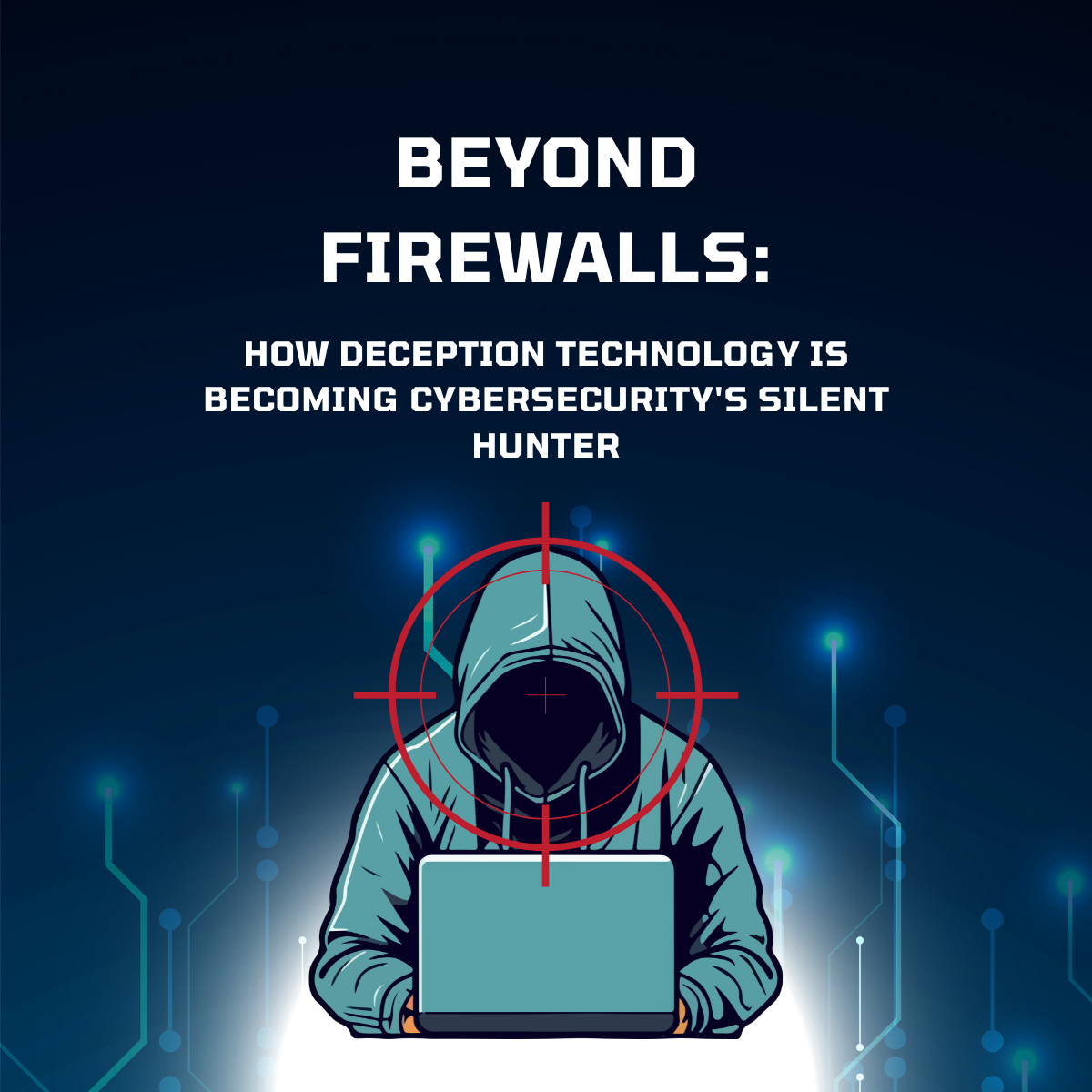
For decades, cybersecurity has often felt like a fortress defense: building higher walls (firewalls), deeper moats (network segmentation), and more vigilant guards (SIEMs, EDR). Yet, sophisticated adversaries persistently find ways over, under, or through. The result? Dwell times measured in months, massive breaches, and an overwhelming alert fatigue for SOC teams. Enter Deception Technology – no longer a niche concept, but rapidly evolving into a critical, proactive layer in the modern security stack. Think of it as turning the tables: instead of just waiting to be attacked, you actively lure attackers into a controlled, observable environment where you hold all the cards.
Beyond Honeypots: The Modern Deception Arsenal
Forget simplistic, static honeypots. Modern deception platforms deploy a dynamic, pervasive layer of bait assets (decoys, lures, breadcrumbs) indistinguishable from genuine production systems, data, users, and credentials across the entire attack surface – network, endpoint, cloud, and even OT environments.
- Technical Core: These platforms use automated provisioning (often via APIs) to spin up hyper-realistic decoys (e.g., fake S3 buckets mimicking sensitive data stores, decoy Active Directory servers, simulated PLCs in OT networks, phantom user accounts with enticing privileges). They employ deception tokens (canaries, honeytokens) – unique, trackable pieces of data planted within real systems or documents.
- Behavioral Triggers: Any interaction with these deceptive elements – a port scan, a login attempt, file access, lateral movement – is inherently malicious. This generates high-fidelity, low-noise alerts with near-zero false positives. The moment an attacker touches a decoy or token, you know you’re under active attack, often before critical assets are compromised.
Why It Works: Exploiting the Attacker’s Psychology
Deception leverages fundamental attacker behaviors:
- Reconnaissance & Discovery: Attackers scan for systems, services, and credentials. Decoys appear as juicy targets.
- Lateral Movement: Once inside, attackers pivot. Decoys placed strategically along common paths (e.g., between subnets, near domain controllers) get touched.
- Credential Pivoting: Attackers use stolen credentials. Fake accounts with enticing names get attempted logins.
- Data Exfiltration: Attackers search for valuable data. Decoy files marked “Confidential – M&A Plans” get accessed.
The Proof is in the Data: Tangible Impact
The effectiveness isn’t theoretical; it’s quantified:
- Drastically Reduced Dwell Time: IBM’s Cost of a Data Breach Report 2023 found organizations using deception technology had an average dwell time of 181 days compared to 277 days for non-users. That’s over three months less time for attackers to operate undetected.
- Massive ROI: A 2024 Ponemon Institute study revealed organizations using deception tech saw an average ROI of 38% – primarily driven by reduced breach costs and investigation times.
- Market Validation: Gartner predicts the deception technology market will grow at a CAGR of over 15% through 2026, reflecting increasing adoption as part of Zero Trust and Active Defense strategies.
- Alert Fatigue Solution: SOC teams are drowning in alerts. Deception platforms generate alerts with a >95% malicious confidence rating (Ponemon), allowing analysts to focus on real
Real-World Efficacy: Recent Headlines & Examples
- The Snowflake Credential Stuffing Attacks (June 2024): Attackers leveraged stolen credentials to target cloud data platforms. Deception could have:
- Deployed decoy Snowflake instances or fake login portals.
- Planted honeytokens within real (but non-critical) data sets. Access attempts would instantly flag compromised credentials before reaching production data.
- Ransomware Lateral Movement: Attackers like LockBit 3.0 aggressively move laterally. Strategically placed decoy servers mimicking file shares or backup systems trigger alerts the moment attackers attempt access, enabling containment before encryption begins.
- Insider Threat: A disgruntled employee attempts to access sensitive HR files. Accessing a decoy file containing honeytokens triggers an immediate alert detailing the user, file, and access method.
- Supply Chain Compromise: An attacker compromises a vendor’s system to reach a target. Deception lures within the vendor’s accessed environment (or within the target’s vendor access segment) detect the anomalous activity originating from the trusted source.
Implementing Deception: Key Considerations
- Coverage: Deploy decoys across your entire kill chain – external facing, internal network, critical assets, cloud environments (IaaS, PaaS, SaaS).
- Realism: Decoys must be indistinguishable from real assets. Use current OS versions, realistic services, plausible data, and network configurations. Modern platforms automate this realism.
- Integration: Feed deception alerts into your SIEM, SOAR, and XDR platforms. A decoy trigger should initiate automated containment workflows (e.g., isolate affected endpoint, block malicious IP).
- Scalability & Automation: Choose platforms that automatically deploy, manage, and rotate deceptive assets without significant manual overhead.
- Stealth: The deployment must be undetectable to attackers. Avoid predictable naming conventions or network patterns for decoys.
The Future is Proactive: Embrace the Hunter Mindset
Deception technology moves security from a purely reactive posture to an active hunting ground. It provides unparalleled visibility into attacker tactics, techniques, and procedures (TTPs) within your own environment. By deploying a pervasive layer of deception, you:
- Detect intrusions earlier: Dramatically reduce dwell time.
- Gather invaluable threat intelligence: Understand how attackers are targeting you.
- Improve SOC efficiency: Focus resources on high-fidelity alerts.
- Enhance incident response: Gain precise context for containment and forensics.
- Strengthen your security posture: Add a critical layer to Zero Trust and Defense-in-Depth.
In the relentless arms race against cybercriminals, deception technology is no longer a secret weapon for the few; it’s becoming an essential tool for any organization serious about proactive defense. It’s time to stop just building walls and start laying intelligent traps.

Comments are closed